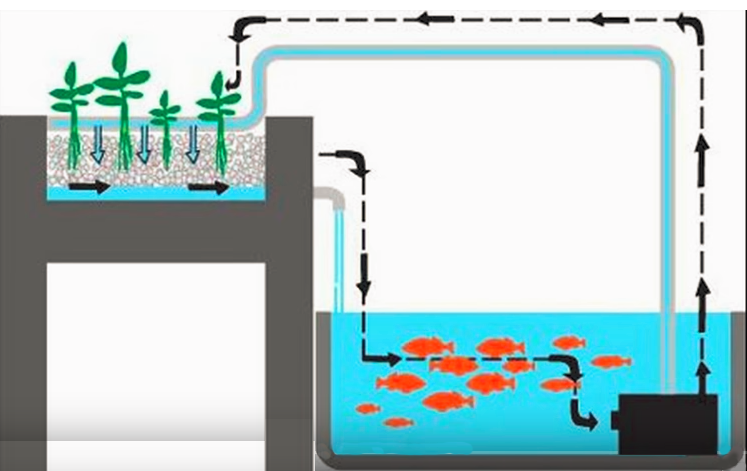History of Systems Science



Part 3: From Spaceship Earth to Urban Agriculture
By the 1950s, the ideas of feedback loops became increasingly important. Emmett Chappelle, the first African American biochemist employed at NASA, began experimenting with algae to see if they could create a “closed loop” system for long space voyages, producing oxygen, food, and even light with bioluminescence, while humans produce carbon dioxide and waste for fertilizer. Kenneth Boulding, an economist at University of Michigan as well as a peace activist, used the studies of Chappelle and his colleagues to coin the term “Spaceship Earth”.
In 1962, biologist Rachel Carson produced the first evidence that chemicals like pesticides were causing massive ecosystem destruction. The “Spaceship Earth” metaphor emphasized how our own societies are like Chappelle's closed systems, with the potential to poison ourselves or sustain ourselves. Boulding and his colleagues founded the Society for General Systems Theory. Later this merged with cybernetics, ecology, and other sciences to form what is now “Systems Science”.


The idea of a closed loop system has inspired a new generation of activists to use sensors in balancing urban agriculture. Eric Maundu, a silicon valley engineer who grew up farming in Kenya, created an urban aquaponics system that uses Arduinos (open source microcomputers) to balance the flow of nutrients between fish and plants.
In this simulation you have been hired to program the Arduinos that flush salt contamination in an aquaponics system by adding fresh water. Too much fresh water and you will be getting rid of the nutrients needed for algae. Too little and the snails will die off. Your job is to find the “set point” for a “steady state,” where there is the right balance.
Go to the simulation here, and click on the green flag at the upper right to start.
When you are done, create a flowchart to show how you introduced balance in the system. (Click and drag the blocks to form a flowchart)